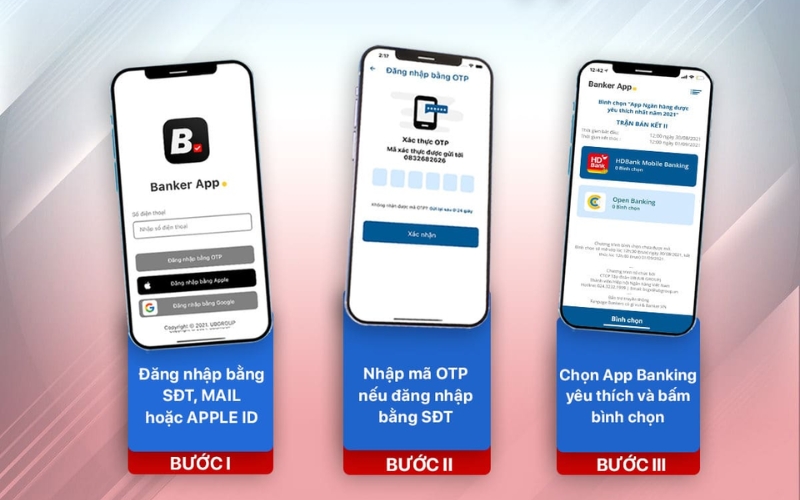Top Trends in Personal Banking a significant transformation as new technologies, shifting customer preferences, and changing economic landscapes reshape the industry. By 2025, banks will have to adapt to these evolving demands and stay ahead of emerging trends to remain competitive. From digitization and artificial intelligence to sustainability initiatives and the rise of neobanks, personal banking will look quite different in just a few short years.
In this article, we will explore the top trends in personal banking for 2025—highlighting how they will change the way individuals interact with their financial institutions, manage their money, and make financial decisions.
1. The Digital Transformation of Personal Banking
One of the most significant shifts in personal banking is the complete digitization of financial services. Over the last decade, we’ve seen a rapid transition from physical branches to digital-first banking experiences, and by 2025, this trend will continue to dominate.
1.1. Mobile Banking: The Heart of Digital Banking
The rise of mobile banking apps has revolutionized the way customers interact with their banks. By 2025, most customers will expect to conduct their banking entirely through their smartphones. From checking account balances and transferring funds to paying bills and managing investments, mobile banking will be the central hub for all financial activities.
Banks are investing heavily in improving their mobile banking experiences, adding features like biometric authentication, AI-driven personal finance tools, and advanced security measures to make the process more seamless and secure.
1.2. AI and Automation in Banking
By 2025, artificial intelligence (AI) will be deeply integrated into banking operations. AI-powered chatbots and virtual assistants will provide personalized customer support 24/7, allowing customers to quickly resolve issues and receive financial advice. AI will also be used to automate routine tasks, such as fraud detection, transaction categorization, and loan approvals, reducing the time and cost involved in processing.
For example, AI algorithms can analyze spending patterns to offer tailored financial advice or even automate savings based on a customer’s income and expenses.
2. The Rise of Neobanks
In recent years, neobanks—digital-only banks that operate without physical branches—have gained significant traction, and by 2025, they are expected to continue growing at an exponential rate. These banks offer a streamlined, user-friendly banking experience, often with lower fees, no minimum balances, and a focus on customer-centric digital tools.
2.1. What Makes Neobanks Different?
Unlike traditional banks, neobanks provide fully digital banking solutions, which can be accessed via smartphones or computers. Many neobanks focus on specific customer needs, such as offering high-yield savings accounts, low-fee international money transfers, or tools for better personal finance management.
Neobanks also tend to have lower operating costs compared to traditional banks, which allows them to pass on savings to customers in the form of lower fees and higher interest rates. For instance, companies like Chime, Revolut, and Monzo offer competitive interest rates on savings and have become highly popular among tech-savvy consumers.
2.2. Partnerships with Traditional Banks
While neobanks are gaining popularity, many are partnering with traditional banks to offer a wider range of services. These partnerships often focus on providing banking services such as loans, credit cards, and mortgages, combining the digital-first experience of neobanks with the stability and infrastructure of traditional banks.
3. Personalized Banking Services with AI
As artificial intelligence continues to advance, personalized banking services will become a central trend for the banking industry. By 2025, AI algorithms will be capable of tailoring banking experiences and advice based on individual customer behavior, financial goals, and even lifestyle preferences.
3.1. Smart Financial Planning
Gone are the days when customers had to rely on a financial advisor for comprehensive wealth management. By 2025, AI-powered tools will allow customers to access personalized financial planning at their fingertips. These tools will analyze customers’ income, spending patterns, and goals to offer tailored advice on saving, investing, and managing debt. The AI will learn from past interactions and adjust strategies accordingly.
For example, if a customer consistently spends beyond their budget in certain categories, the system might suggest areas for improvement or automatically adjust their budget. Likewise, if they have long-term savings goals, the system could automatically recommend ways to optimize their investment portfolio.
3.2. Customizable Bank Products
AI will also allow for more customizable financial products. For instance, savings accounts, credit cards, or personal loans may be offered with variable terms based on a customer’s creditworthiness, spending behavior, or future income predictions. This level of personalization is already gaining traction with some fintech companies and will be a game-changer for traditional banks.
4. Focus on Financial Health and Well-Being
Personal banking in 2025 will shift away from simply offering financial products and toward a more holistic approach focused on the overall financial health of the individual. Banks will adopt a more customer-centric model, providing tools to help people manage their financial well-being.
4.1. Financial Education and Wellness
By 2025, banks will be more focused on financial literacy and wellness. Through educational tools, webinars, and digital workshops, customers will have access to resources designed to help them better understand financial products and make smarter financial decisions.
These services may be enhanced by AI-driven content, providing users with tailored learning experiences based on their current financial standing. For example, users might receive content on investing or debt reduction strategies that are specifically aligned with their financial goals.
4.2. Integrating Wellness with Personal Finance
The future of banking will include a wellness aspect, with some banks offering incentives to encourage better financial habits. For instance, customers who save a certain percentage of their income each month might receive rewards or lower fees. Similarly, banks will increasingly integrate health and wellness services with personal finance management, such as helping individuals save for healthcare expenses or retirement.
